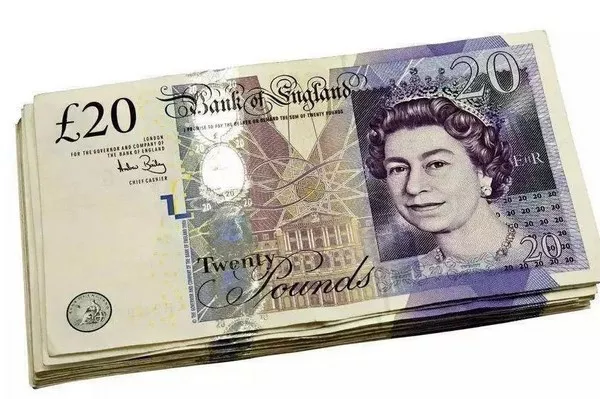Pound coins have been an integral part of the United Kingdom’s currency for decades, serving as a tangible representation of its economic stability and historical significance. However, a common misconception persists among the public regarding the composition of pound coins, with many speculating that they are made of silver. In this article, we will delve into the true composition of pound coins, unraveling the myth and shedding light on the materials used in their production.
Historical Perspective:
Before delving into the specifics of pound coin composition, it’s essential to understand the historical evolution of British currency. Traditionally, silver coins were prevalent in the UK’s monetary system, but as the years passed, economic considerations and the rising cost of silver prompted a shift in coin materials.
In 1992, the Royal Mint introduced the bimetallic two-pound coin, featuring a nickel-brass outer ring and a cupro-nickel inner disc. This marked a departure from the predominantly silver compositions of historical coins. The shift towards non-precious metals aimed to reduce production costs while maintaining the durability and aesthetic appeal of the currency.
Current Composition of Pound Coins:
Contrary to popular belief, modern one-pound coins are not made of silver. The current standard one-pound coin, introduced in 2017, is composed of a nickel-plated high-security steel outer ring and a nickel-brass inner core. The use of high-security steel enhances the coin’s resilience against counterfeiting, meeting the evolving challenges posed by advancements in technology.
The decision to move away from silver was driven by practical considerations. While silver is a precious metal with historical significance, its intrinsic value and susceptibility to tarnishing and wear made it less practical for everyday circulation. The new composition strikes a balance between durability, cost-effectiveness, and security, ensuring that pound coins can withstand the rigors of daily use.
Numismatic Value vs. Intrinsic Value:
It’s crucial to distinguish between the numismatic value and the intrinsic value of coins. Numismatic value refers to the collector’s or market value of a coin, which can be influenced by factors such as rarity, historical significance, and condition. In contrast, intrinsic value pertains to the actual value of the metal content within the coin.
While historic pound coins made of silver may have significant numismatic value, modern pound coins derive their value primarily from the trust and confidence placed in the currency by the public and financial institutions. The focus has shifted from the metal’s intrinsic value to the coin’s practicality and security features.
Environmental Considerations:
In addition to economic and practical reasons, the shift away from silver in coin production aligns with contemporary environmental concerns. The extraction and processing of precious metals, including silver, have notable environmental impacts. By opting for materials like steel and nickel-brass, which are more readily available and less environmentally taxing to produce, the Royal Mint contributes to sustainable and responsible coin manufacturing.
See Also How Do You Invest When The Pound Is Weak?
Collectibility and Commemorative Coins:
While standard circulation pound coins are no longer made of silver, the Royal Mint continues to produce commemorative and collector’s coins featuring precious metals. These special edition coins often serve as tributes to historical events, iconic figures, or cultural milestones. For example, silver and gold versions of commemorative coins are released to mark significant anniversaries or celebrations, providing collectors with opportunities to acquire coins with intrinsic and numismatic value.
Conclusion:
In conclusion, the notion that pound coins are made of silver is a persistent myth. The evolution of currency composition reflects a pragmatic approach to economic, practical, and environmental considerations. Modern one-pound coins are crafted with high-security steel and nickel-brass, prioritizing durability and cost-effectiveness. While silver coins hold historical and numismatic value, the shift towards non-precious metals ensures that pound coins remain accessible and resilient in everyday transactions. Understanding the true composition of pound coins dispels misconceptions and highlights the intersection of tradition, innovation, and responsible manufacturing in the realm of currency.


